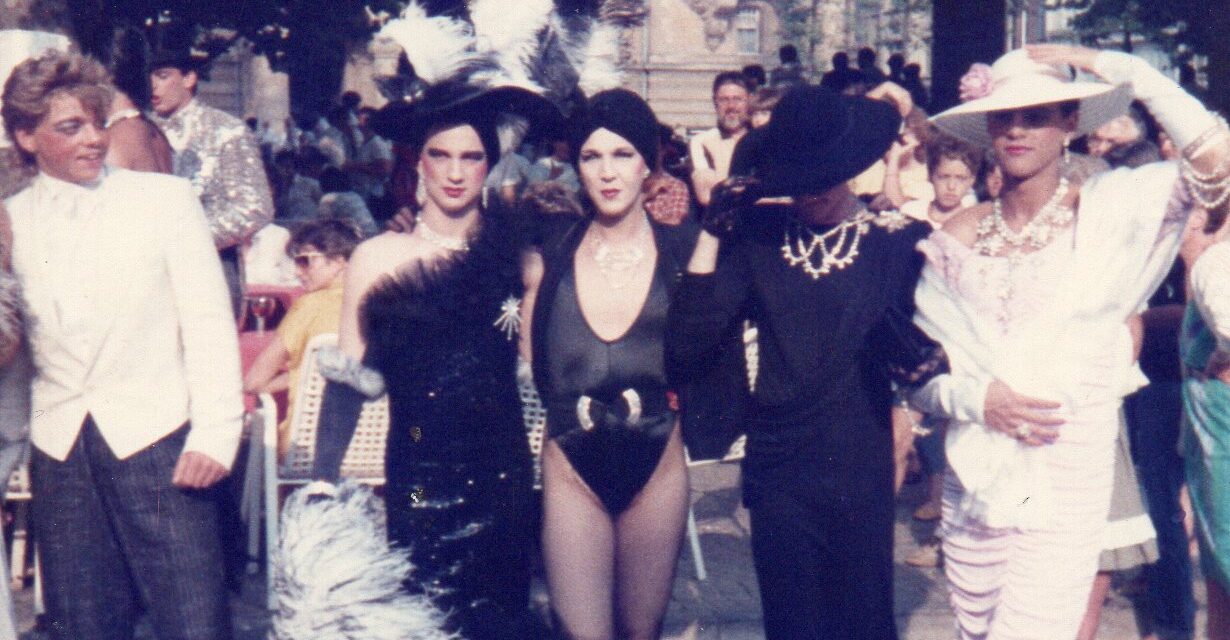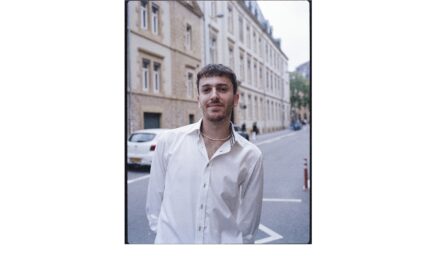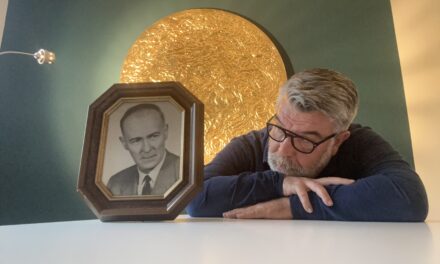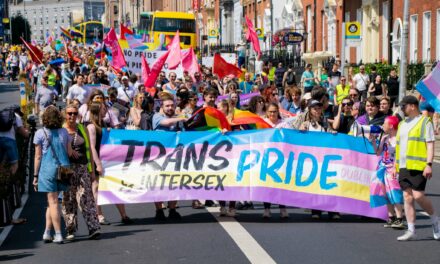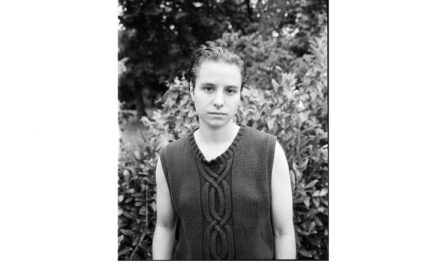The 2024 edition of Pride. It was great and joyful, as every year. But this year was special: it was its 25th anniversary… Yet, during the festivities, a doubt crossed my mind: couldn’t Pride be older than that?
At the stand of the Laboratoire d’Etudes Queer, sur le Genre et les Féminismes ( Laboratory of Queer Studies, Gender, and Feminisms – LEQGF), which stood near the Hôtel de Ville in Esch-sur-Alzette, there was a sign with all the dates of important events over the past 25 years. On the far right, a small sign read “Années 80, Le Tralala”, without any further details. Was there a precursor to Pride? But what was this Tralala? I decided to investigate.
I contacted a long-time friend, my hairdresser Jean-Pascal Lasserre, who had mentioned the Tralala once in passing. “But that was a long time ago. It was in the early ’80s. Let me think about it and let’s schedule an appointment.”
Before our appointment, he sent me a text message with a specific date: July 15, 1985, suggesting that I look for an article in the Tageblatt from that period. This was more difficult than expected, as not all issues from the 80s can already be found digitized on the National Library’s website. So I had to go there myself. It’s an experience I’d recommend to anyone, if only to admire the magnificent new library building on the Kirchberg!
On the day of our interview, I had several questions.
Joël: Hello Jean-Pascal. Tell me about the first time you came to Luxembourg.
J.-P.: I was stationed in Metz in the early 80s. It was a garrison town and there was nothing for gay people. Everyone kept telling me to drop in on Luxembourg at the Bar du Petit Fada on Rue de Hollerich. One day I went there with a little street map and found the street, but not the bar. I’d crossed the whole street from top to bottom, but there was nothing there. At one point, I looked up and saw the sign “Au Petit Fada” right above me. I was right in front of it, but I hadn’t noticed! In France, I was expecting a discreet door with a bell, like for a gay bar. But here, the weather was fine, the door was wide open and all the gays were drinking their beers on the sidewalk. I was blown away! It was unimaginable in Paris or any other big city in France, where it would have been forbidden by law. That’s how I discovered Luxembourg, a much more open-minded country in those days.
The owner of Le Petit Fada was Robbi Gillen. He regularly organized drag shows with his troupe, Fada’s Family. He was the one who launched the Tralala.
Joël: I was a little surprised when I found the newspaper article, because the Tralala isn’t mentioned in it.
J.-P.: Yes, maybe it’s due to the fact that each year we had a different theme. In 1985, it was cabarets like the Alcazar and the Moulin Rouge in Paris. Another year, I remember, it was Dynasty, the famous American TV show starring Joan Collins and Linda Evans. It only had to do with transvestism in the broadest sense, it was all about dressing up. Everyone was welcome to participate, not just gay men.
Joël: How did it go?
J.-P-: It was once a year, in June or July, and we did three or four in all, I think. I particularly remember the one in 1985, because just before, Grand Duchess Charlotte had died and was due to be buried the same weekend. But her funeral was on Saturday, and we were celebrating on Sunday, so it was no problem. We’d meet at the Bar du Petit Fada or downtown, then wander the streets around Place d’Armes. And believe me, we didn’t go unnoticed! Robbi had reserved a large table on the terrace of the Café de Paris, and after our stroll, we had dinner together.
Joël: So it wasn’t just a way of promoting the Fada’s Family shows?
J.-P.: Well, that too, because all the members of the Fada’s Family were there. But it wasn’t just advertising. We wanted to be noticed. “We’re here, we exist, we’re not hurting anyone, and we’re having fun.” You could say it was a miniature Pride before its time.
Joël: Nowadays, in the age of the Internet, you can get anything at any time, how did you do it in the 80s? When I look at the photos you brought back, it was very striking with all the costumes, sequins, feathers, make-up and wigs. You couldn’t find that in Luxembourg. Where did you get all this?
J.-P.: For the costumes, there weren’t many solutions: everyone had a little sewing machine at home and we made them ourselves. For shoes, we went to Chaussures André in town, which sometimes had models in large sizes. Otherwise, we went to Brussels or Paris, to specialized boutiques. But they cost a fortune. More often than not, we gritted our teeth and forced our feet into shoes that were too small. For make-up and wigs, there was a legendary store in Brussels, the Hairclub, where you could find everything you needed for the show.
I also remember a Tralala day in Brussels. We all went there for a parade, a little scandal of our own! We even crossed the Grand-Place, with its cobblestones. I swear, walking on cobblestones in stilettos was anything but easy. A few buns even fell apart along the way…
Joël: Thank you Jean-Pascal for this little trip down memory lane and for all the photos.
J.-P: Thank you for bringing back all these good memories.
Photo: Jean-Pascal Lasserre
Article translated from French by Cedric Cros

